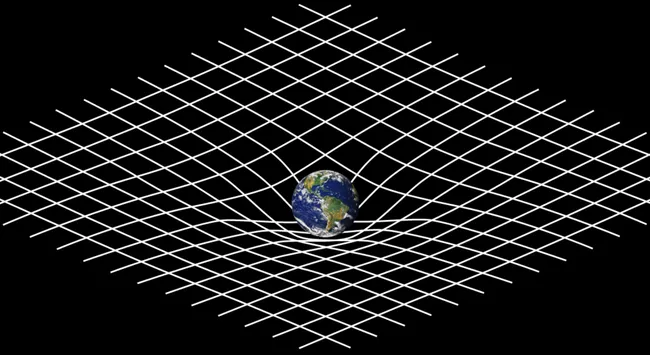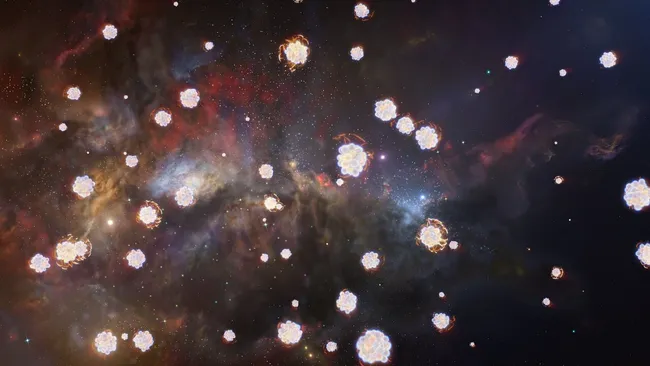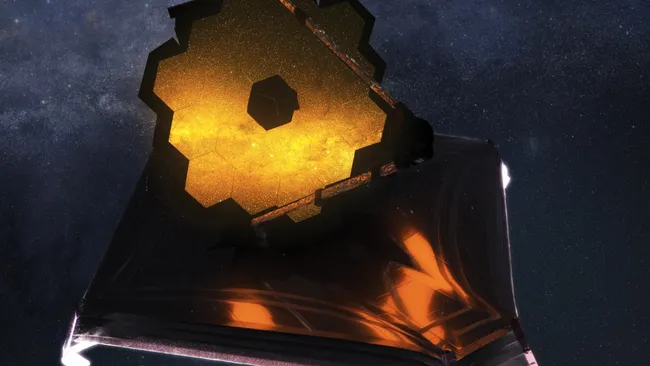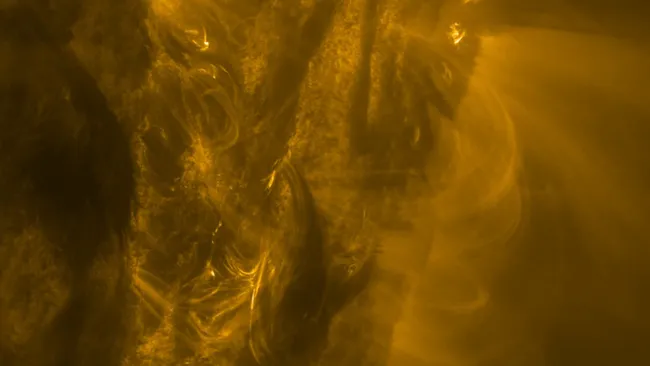The age-old mystery of quantum gravity has deepened after new research suggested that matter can become quantum entangled even if quantum gravity does not exist. This bold claim comes from physicists Joseph Aziz and Richard Howl at Royal Holloway, University of London, who are questioning the fundamental divide between quantum mechanics and classical gravity.
For decades, physicists have sought a theory that unites the universe’s smallest and largest scales — the quantum world and general relativity. Quantum mechanics governs subatomic particles, while Einstein’s general relativity defines how gravity shapes space and time. Yet the two frameworks stubbornly refuse to align.
Aziz and Howl’s findings build on a 1957 Feynman thought experiment that imagined placing an object — say, an apple — into a quantum superposition, existing in two places at once until observed. If such an apple’s gravitational field interacted with another object while still in superposition, that would hint at gravity itself being quantum in nature.
However, the new study shows that entanglement could occur even without quantum gravity. Their theory proposes that the classical gravitational field can still interact with quantum matter fields, producing what they call “quasi-entanglement.”
“We’re suggesting that gravitational interactions might be more general than quantum mediation,” Howl explained. “Even if the gravitational field is classical, quantum processes involving virtual matter could still entangle particles.”
This challenges a century of physics. Traditionally, gravity is seen as the curvature of spacetime — a smooth, continuous field. Quantum physics, by contrast, describes forces as discrete packets of energy called quanta. A quantum of gravity would be a “graviton,” a hypothetical particle never observed due to its infinitesimal effects.
Aziz and Howl’s work implies that while quantum entanglement through classical gravity would be weaker, it could still occur. Strong correlations between entangled particles would signal true quantum gravity, while weaker correlations would point to classical gravitational interaction.
Their study, like Feynman’s original thought experiment, remains theoretical for now. Performing it in reality is extremely difficult due to decoherence — environmental interference that destroys superpositions.
“In theory, it’s possible,” Howl said. “Researchers in the U.K., Austria, and beyond are exploring ways to minimize decoherence, but it’s an enormous challenge.”
Even if Einstein’s gravity remains classical, Aziz and Howl’s research may redefine how scientists understand the gravitational field’s interaction with quantum systems.
Not everyone will agree, Howl admits, but he’s optimistic:
“I expect some pushback — but one day, Feynman’s experiment might finally reveal whether quantum gravity truly exists.”







